 |
MONEY (Continued…):Three Instruments of Money Supply, Money Demand |
| << MONEY:Money Supply, Fractional Reserve Banking, |
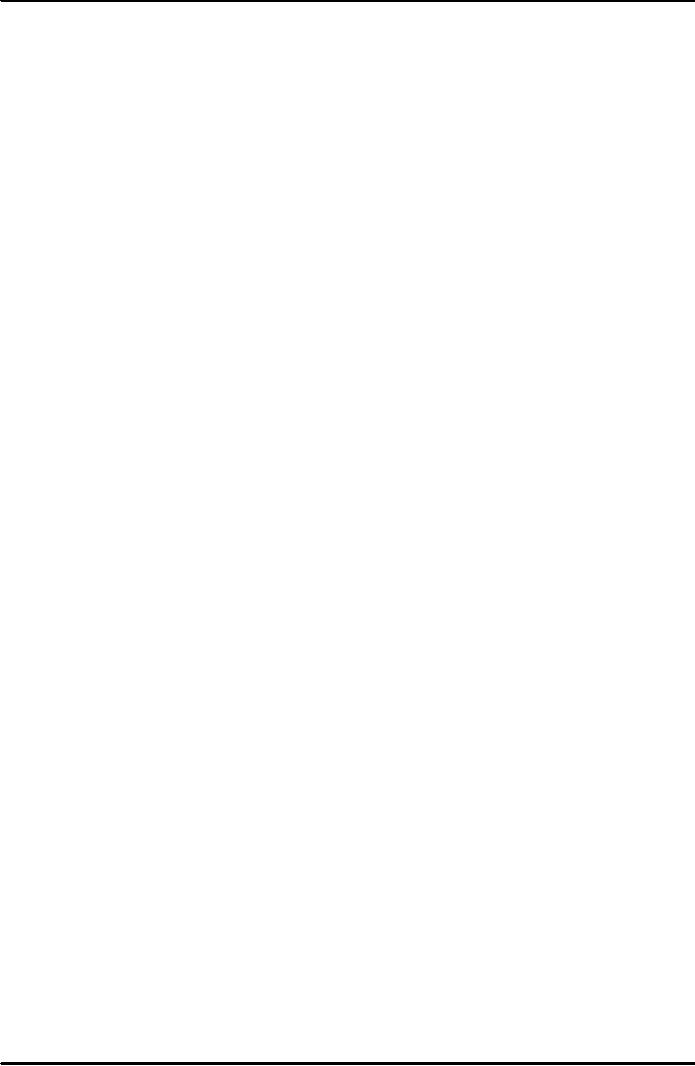
Macroeconomics
ECO 403
VU
LESSON
45
MONEY
(Continued...)
How
does the Central Bank
control the money
supply?
1)
Open Market
Operations
2)
Changing the Reserve
Requirements
3)
Changing Discount
rate
Three
Instruments of Money
Supply
�
Open
market operations are the
purchase and sale of
government bonds by the
central
bank.
When the
central bank buys bonds
from public, the money it
pays for the
bonds
increases
the monetary base and
thus increase the money
supply
When the
central bank sells the
bonds to the public, the
money it receives
reduces
monetary
base and hence reduce
money supply
�
Reserve
requirements are central
banks regulations that
impose on banks a
minimum
reserve-deposit
ratio.
An increase in
reserve requirements raises
reserve deposit ratio and
thus lowers the
money
multiplier and the money
supply
�
The
Discount rate is the
interest rates that central
bank charges when it lends
to the banks.
�
Banks
borrow from central bank
when they find themselves
with too few reserves to
meet
reserve
requirements. The lower the
discount rate, the cheaper
are borrowed reserves
and
more
demands for such
loans
�
Hence
a reduction in discount rate
raises the monetary base
and the money
supply.
�
Although
these instrument give
central bank substantial
power to influence the the
money
supply,
yet it can't do it perfectly.
Bank discretion in conditioning
business can cause
the
money
supply to change the way
central bank did not
anticipate.
Excessive
Reserves
No limit on the
amount of bank borrowings
from discount window
Money
Demand
Classical
Theory of Money
Demand
�
The
Quantity Theory of Money
assumes that the demand
for real money balances
is
directly
proportional to income,
(M/P)
d = kY
�
Where
k is a constant measuring how
much people want to hold
for every dollar of
income.
Keynesian
Theory of Money
Demand
�
It
presents a more realistic
money demand function where
the demand for real
money
balances
depends on i and Y:
(M/P)
d = L (i, Y)
�
Recall,
that money serves three
functions
202
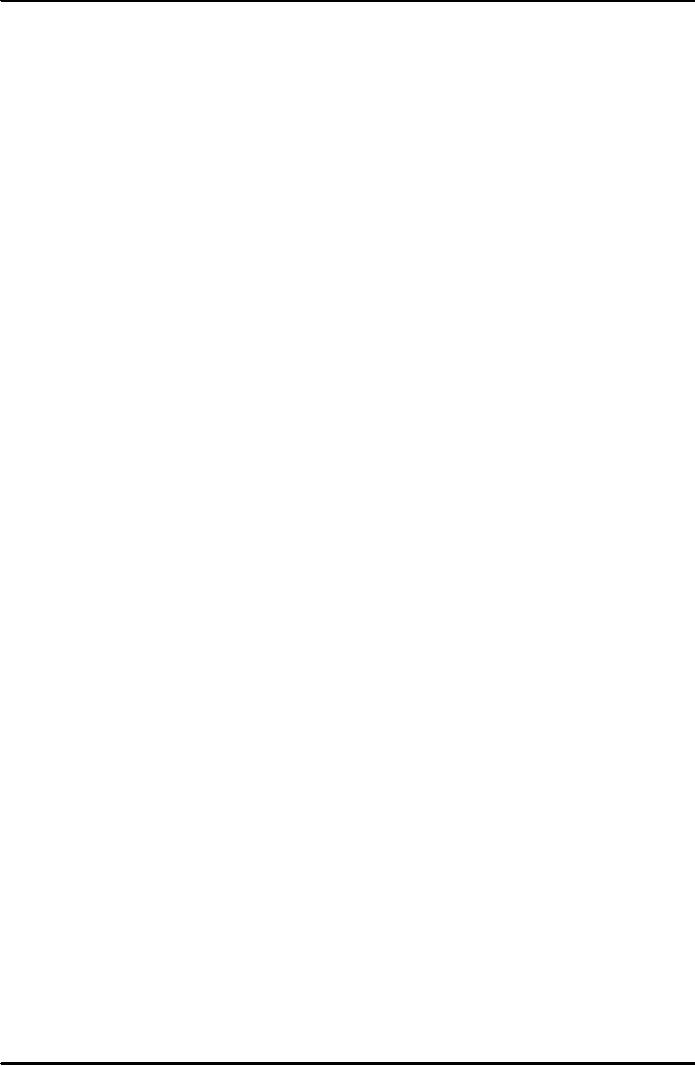
Macroeconomics
ECO 403
VU
1.
Unit of Account
2.
A store of value
3.
A medium of Exchange
�
The
first function can not by
itself generate any demand
for money, because we
can
quote
prices in any currency
without holding any amount
of it. So we shall focus on
the
rest
of the two functions as we
look at theories of money
demand
Portfolio
Theories of Money
Demand
�
Theories
of money demand that
emphasize the role of money
as a store of value are
called
portfolio
theories. According to these
theories, people hold money
as part of their
portfolio
of
assets.
�
The
key point is that money
offers a different combination of
risk and return than
other
assets,
particularly a safe return
(nominal). While other
assets may fall in both
real and
nominal
terms.
�
These
theories predict that demand
for money should depend on
the risk and return
offered
by
money and other
assets.
�
Also
money demand should depend
on total wealth, because
wealth measures the size
of
portfolio
to be allocated among money
and other assets.
�
So
we may write the money
demand function as
(M/P)
d = L (rs,
rb, �e, W)
Where
rs =
expected real return on
stock
rb =
expected real return on
bonds
�e
= expected
inflation rate
W = real
wealth
�
If
rs or
rb rises, money demand
reduces, because other
assets become more
attractive
�
A
rise in �e
also
reduces the money demand
because money becomes less
attractive
�
An
increase in W raises money
demand because higher wealth
means higher
portfolio.
�
Money
Demand Function L(i,Y): A
useful simplification:
Uses
real income Y as proxy for
real wealth W
Nominal
interest rate i = rb + �e
�
Are
these theories useful for
studying money
demand?
�
The
answer depends on which
measure of money are we
using.
203
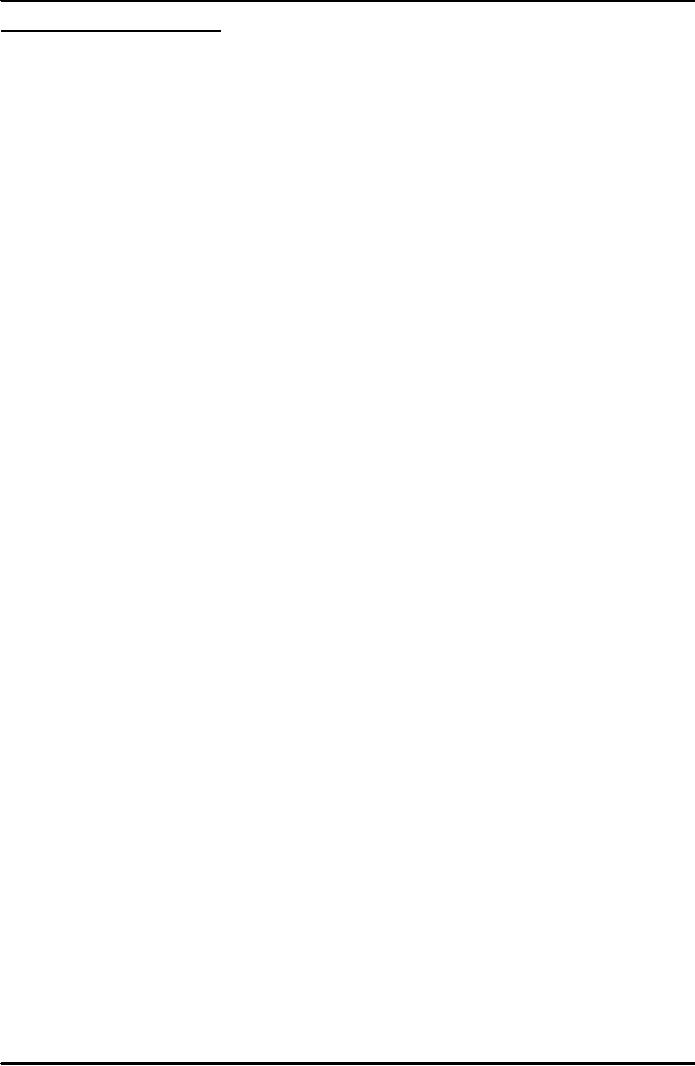
Macroeconomics
ECO 403
VU
Symbol
Assets
included
C
Currency
M1
C
+ demand deposits, travelers'
checks, other checkable
deposits
M2
M1
+ small time deposits,
savings deposits, money
market mutual funds,
money
market
deposit accounts
M3
M2
+ large time deposits,
repurchase agreements, institutional
money market
mutual
fund balances
�
Economists
say that M1 is a dominated
asset: as a store of value, it
exists alongside
other
assets
that are always
better.
�
Thus
it is not optimal for people
to hold money as part of
their portfolio and
portfolio theories
cannot
explain the demand for
these dominated forms of
money
�
But
these theories would be more
plausible if we adopt a broader
measure of money like
M2.
Transactions
Theories of Money
Demand
�
Theories
which emphasize the role
money as a medium of exchange
acknowledge that
money
is a dominated assets and
stress that people hold
money, unlike other assets,
to
make
purchases.
�
These
theories best explain why
people hold narrow measure
of money as opposed to
holding
assets that dominate
them.
�
These
theories take many forms
depending on how one models
the process of
obtaining
money
and making transactions
assuming
Money has
the cost of earning a low
rate of return
Money
makes transactions more
convenient
�
One
prominent model to explain
the money demand function is
Baumol-Tobin Model
developed
in 1950.
Baumol-Tobin
Model of Cash
Management
�
This
model analyzes the cost
and benefits of holding
money.
Benefit:
Convenience (much less trips
to banks)
Costs:
foregone interest on money
had it been deposited in a
savings account
�
Example:
A person
plans to spend Y dollars
over the course of an year
(assuming constant
price
levels
and real spending). What
should be the optimal size
of cash balances for
him?
�
Possibilities
Withdraw Y
dollars at the beginning of
the year and gradually
spend the money
balance
averaging
Y/2 over the
year
Draw Y/2 at the
beginning of year, spend it in
six months then draw
the rest Y/2 to be
spent
in next � year. Average
balance = Y/4
Generalizing: money
holding vary between Y/N and
zero, averaging Y/(2N),
where N is
the
number of trips to
bank
204
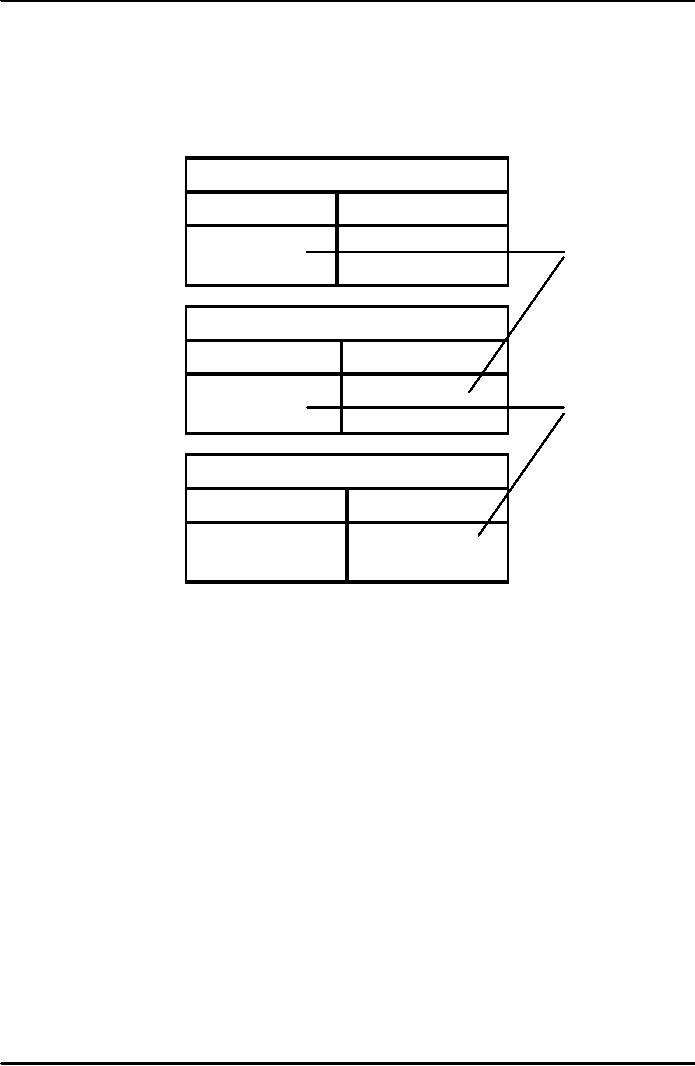
Macroeconomics
ECO 403
VU
�
One
implication of the Baumol-Tobin
model is that any change in
the fixed cost of going
to
the
bank F alters the money
demand function-- that is,
it changes the quantity of
money
demanded
for a given interest rate
and income.
A
Closer Look at Money
Creation
Assume
each bank maintains a
reserve-deposit
ratio (rr) of 20%
and that the initial
deposit is
$1000.
First
bank Balance Sheet
Assets
Liabilities
Reserve
$200
Deposits
$1,000
Loans
$800
Second
bank Balance Sheet
Assets
Liabilities
Reserve
$160
Deposits
$800
Loans
$640
Third
bank Balance Sheet
Assets
Liabilities
Reserve
$128
Deposits
$640
Loans
$512
Mathematically,
the amount of money the
original $1000 deposit
creates is:
Original
Deposit
=
$1000
=
(1-rr) �
$1000
First
bank Lending
=
(1-rr)2 �
$1000
Second
bank Lending
=
(1-rr)3 �
$1000
Third
bank Lending
=
(1-rr)4 �
$1000
Fourth
bank Lending
:
:
-----------------------------------------------------------------
=
[1 + (1-rr) + (1-rr) 2+ (1-rr) 3+...]
�
$1000
Total
Money Supply
=
(1/rr) �
$1000
=
(1/.2) �
$1000
=
$5000
�
The
banking system's ability to
create money is the primary
difference between banks
and
other
financial institutions.
�
Financial
markets have the important
function of transferring the
economy's resources
from
households
(who wish to save some of
their income for the
future) to those households
and
firms
that wish to borrow to buy
investment goods to be used in
future production
�
The
process of transferring funds
from savers to borrowers is
called financial
intermediation.
205
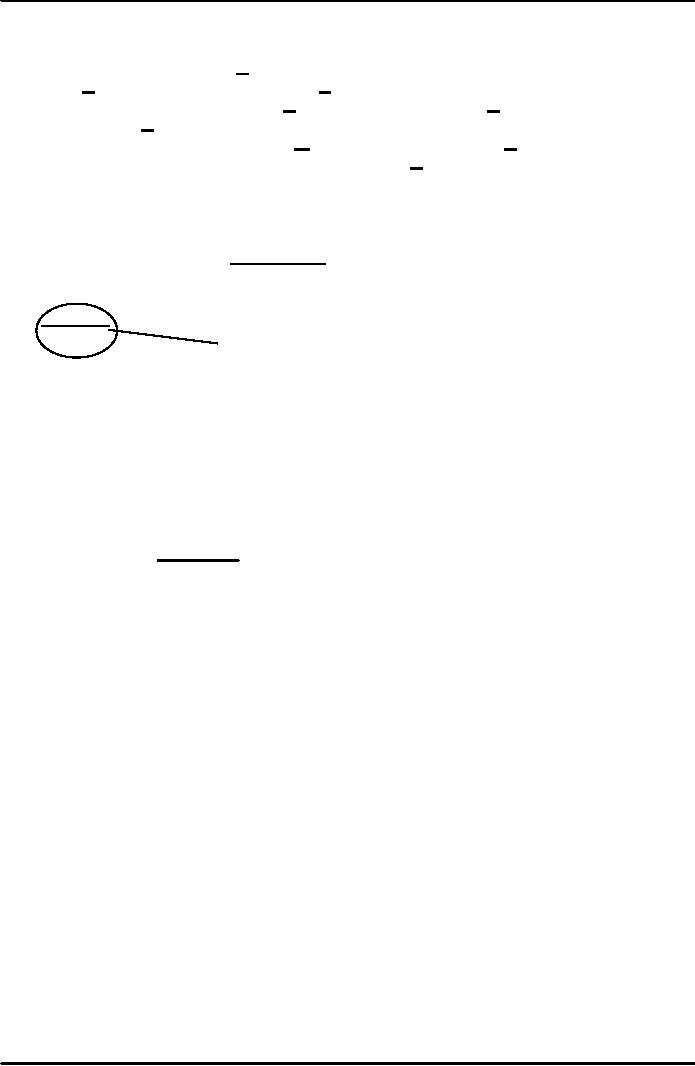
Macroeconomics
ECO 403
VU
A
model of Money
supply
�
Three
exogenous variables:
The
monetary
base B is the
total number of dollars held
by the public as
currency
�
C
and by the banks as reserves
R.
The
reserve-deposit
ratio rr is the
fraction of deposits D
that
banks hold in
�
reserve
R.
The
currency-deposit
ratio cr is the
amount of currency C people
hold as a
�
fraction
of their holdings of demand
deposits D.
Definitions
of money supply and monetary
base:
M
= C+D
B
= C+R
Solving
for M as a function of 3 exogenous
variables:
M/B
= C/D + 1
C/D
+ R/D
Making
substitutions for the
fractions above, we
obtain:
M=
cr + 1
xB
cr
+ rr
Lets
call this money multiplier,
m
So
M=m�B
Because
the monetary base has a
multiplied effect on the
money supply, the monetary
base is
sometimes
called high-powered
money.
�
An
Example
Suppose,
monetary base B is $500
billion, the reserve deposit
ratio rr is 0.1 and
currency
deposit ratio cr is
0.6
The money
multiplier is:
0.6
+ 1 =
2.3
m=
0.6
+ 0.1
And the money
supply is:
M
= 2.3 x $ 500 billion =
$1,150 billion
Let's
go back to our three
exogenous variables to see
how their changes cause
the money
supply
to change:
1.
The money supply M is
proportional to the monetary
base B. So, an increase in
the
monetary
base increases the money
supply by the same
percentage.
2.
The lower the
reserve-deposit ratio rr (R/D),
the more loans banks
make, and the
more
money
banks create from every
dollar of reserves.
3.
The lower the
currency-deposit ratio cr (C/D) ,
the fewer dollars of the
monetary base
the
public holds as currency,
the more base dollars
banks hold in reserves, and
the
more
money banks can create.
Thus a decrease in the
currency-deposit ratio
raises
the
money multiplier and the
money supply.
206
Table of Contents:
- INTRODUCTION:COURSE DESCRIPTION, TEN PRINCIPLES OF ECONOMICS
- PRINCIPLE OF MACROECONOMICS:People Face Tradeoffs
- IMPORTANCE OF MACROECONOMICS:Interest rates and rental payments
- THE DATA OF MACROECONOMICS:Rules for computing GDP
- THE DATA OF MACROECONOMICS (Continued…):Components of Expenditures
- THE DATA OF MACROECONOMICS (Continued…):How to construct the CPI
- NATIONAL INCOME: WHERE IT COMES FROM AND WHERE IT GOES
- NATIONAL INCOME: WHERE IT COMES FROM AND WHERE IT GOES (Continued…)
- NATIONAL INCOME: WHERE IT COMES FROM AND WHERE IT GOES (Continued…)
- NATIONAL INCOME: WHERE IT COMES FROM AND WHERE IT GOES (Continued…)
- MONEY AND INFLATION:The Quantity Equation, Inflation and interest rates
- MONEY AND INFLATION (Continued…):Money demand and the nominal interest rate
- MONEY AND INFLATION (Continued…):Costs of expected inflation:
- MONEY AND INFLATION (Continued…):The Classical Dichotomy
- OPEN ECONOMY:Three experiments, The nominal exchange rate
- OPEN ECONOMY (Continued…):The Determinants of the Nominal Exchange Rate
- OPEN ECONOMY (Continued…):A first model of the natural rate
- ISSUES IN UNEMPLOYMENT:Public Policy and Job Search
- ECONOMIC GROWTH:THE SOLOW MODEL, Saving and investment
- ECONOMIC GROWTH (Continued…):The Steady State
- ECONOMIC GROWTH (Continued…):The Golden Rule Capital Stock
- ECONOMIC GROWTH (Continued…):The Golden Rule, Policies to promote growth
- ECONOMIC GROWTH (Continued…):Possible problems with industrial policy
- AGGREGATE DEMAND AND AGGREGATE SUPPLY:When prices are sticky
- AGGREGATE DEMAND AND AGGREGATE SUPPLY (Continued…):
- AGGREGATE DEMAND AND AGGREGATE SUPPLY (Continued…):
- AGGREGATE DEMAND AND AGGREGATE SUPPLY (Continued…)
- AGGREGATE DEMAND AND AGGREGATE SUPPLY (Continued…)
- AGGREGATE DEMAND AND AGGREGATE SUPPLY (Continued…)
- AGGREGATE DEMAND IN THE OPEN ECONOMY:Lessons about fiscal policy
- AGGREGATE DEMAND IN THE OPEN ECONOMY(Continued…):Fixed exchange rates
- AGGREGATE DEMAND IN THE OPEN ECONOMY (Continued…):Why income might not rise
- AGGREGATE SUPPLY:The sticky-price model
- AGGREGATE SUPPLY (Continued…):Deriving the Phillips Curve from SRAS
- GOVERNMENT DEBT:Permanent Debt, Floating Debt, Unfunded Debts
- GOVERNMENT DEBT (Continued…):Starting with too little capital,
- CONSUMPTION:Secular Stagnation and Simon Kuznets
- CONSUMPTION (Continued…):Consumer Preferences, Constraints on Borrowings
- CONSUMPTION (Continued…):The Life-cycle Consumption Function
- INVESTMENT:The Rental Price of Capital, The Cost of Capital
- INVESTMENT (Continued…):The Determinants of Investment
- INVESTMENT (Continued…):Financing Constraints, Residential Investment
- INVESTMENT (Continued…):Inventories and the Real Interest Rate
- MONEY:Money Supply, Fractional Reserve Banking,
- MONEY (Continued…):Three Instruments of Money Supply, Money Demand